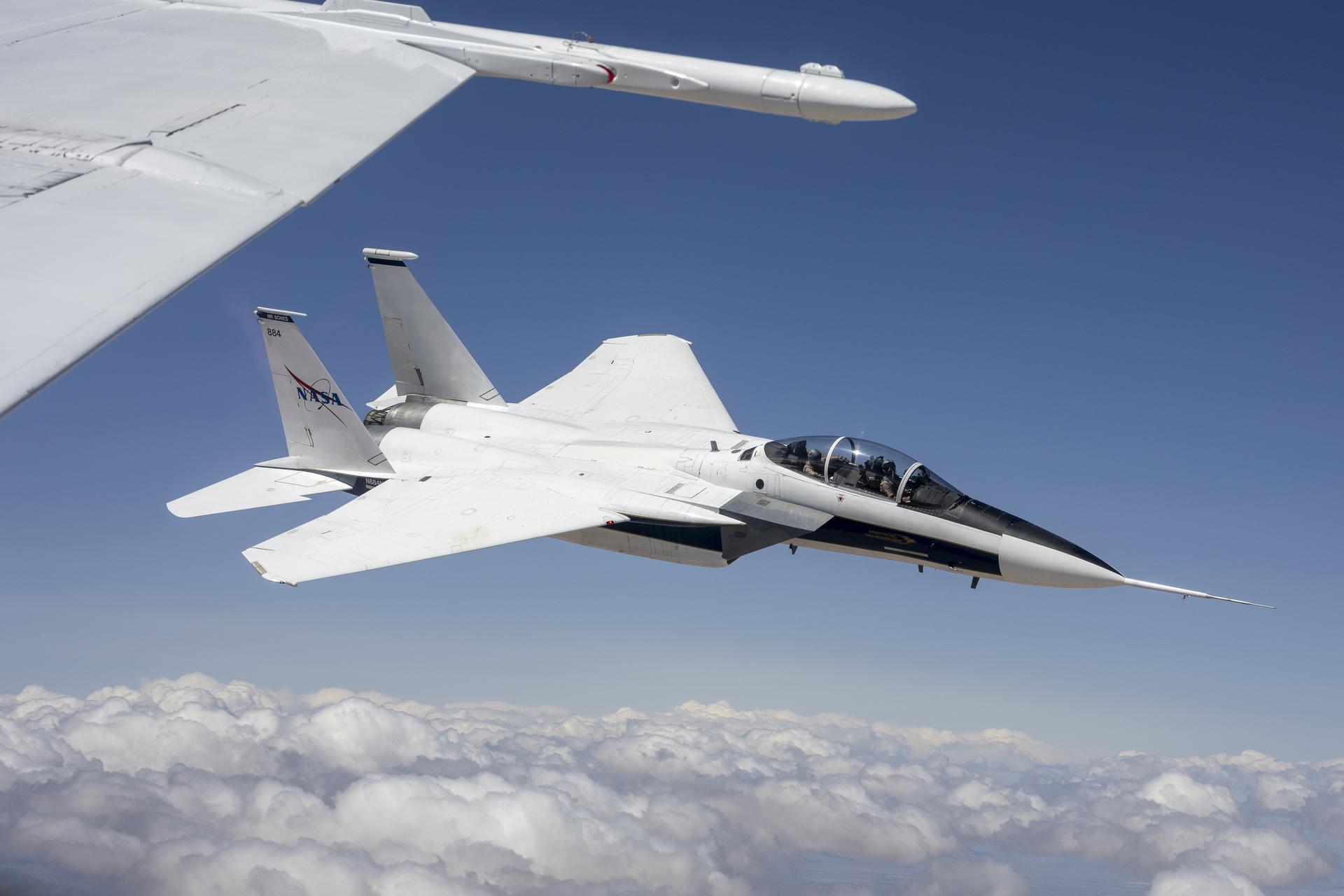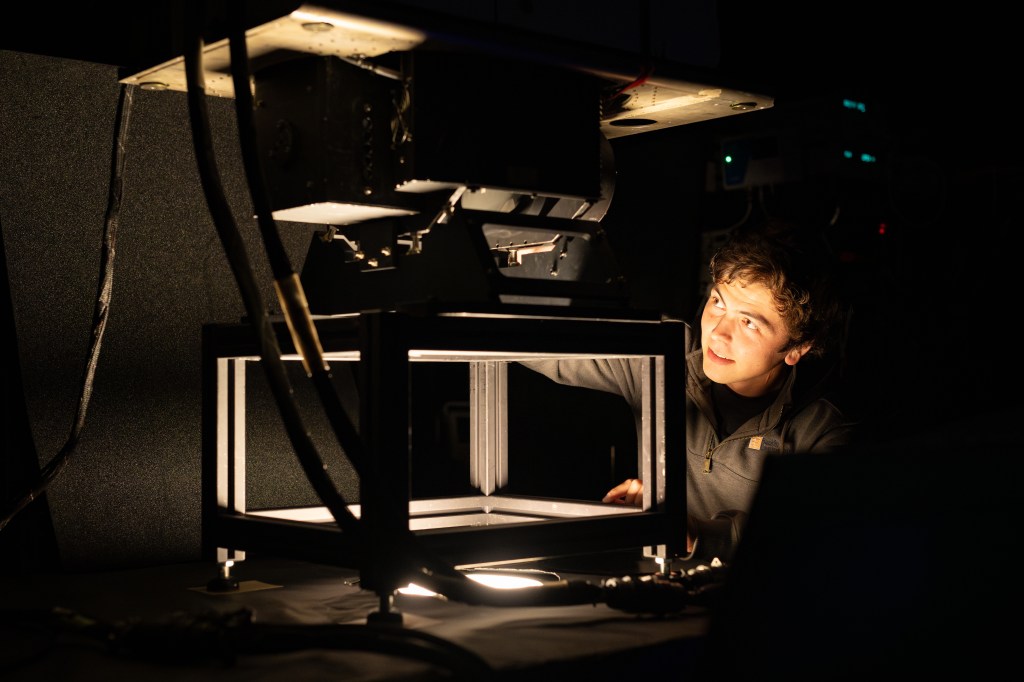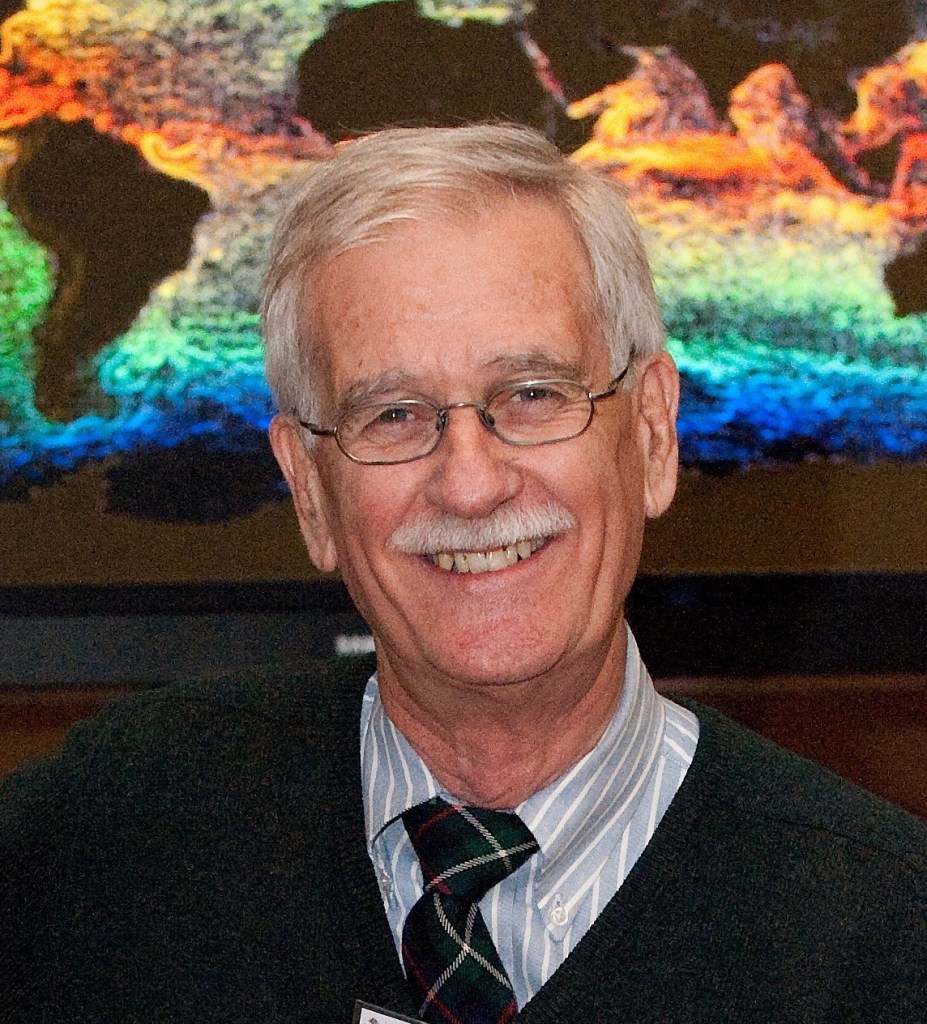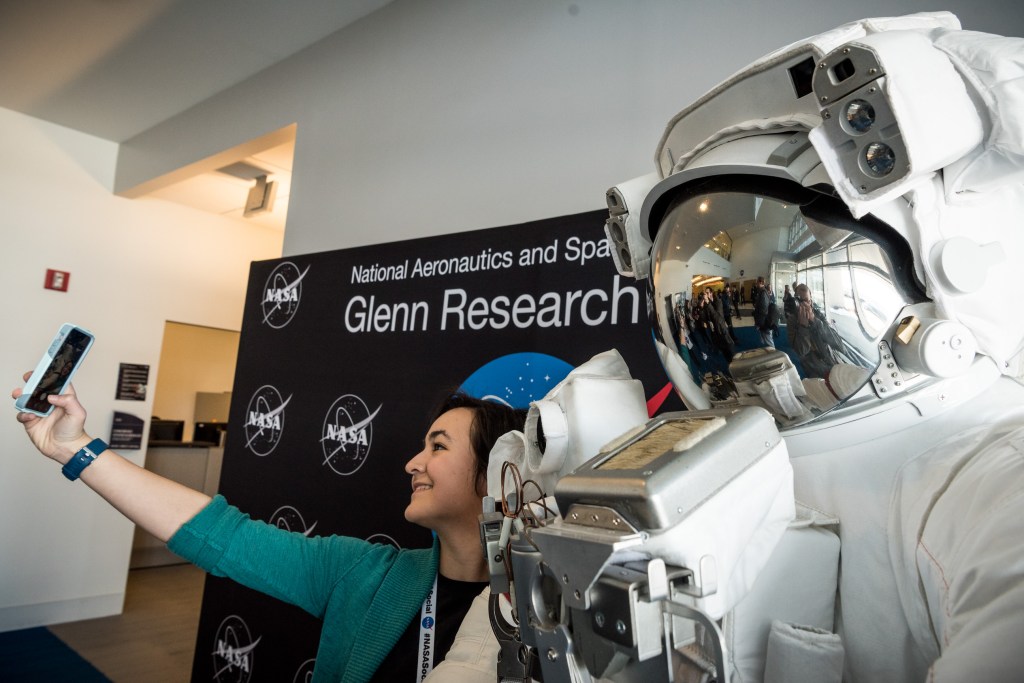More than 90 high school and college teams from around the globe will test their engineering skills in a brand new competition for future engineers — NASA’s Human Exploration Rover Challenge at the U.S. Space & Rocket Center in Huntsville, Ala., April 10-12.
This new event evolves NASA’s original design competition — the Great Moonbuggy Race. During its 20-year run, the race engaged thousands of students, challenging them to solve scientific design problems just like NASA engineers. The success and popularity of the race demonstrated these budding scientists and engineers were ready to build more complex designs.
In the Human Exploration Rover Challenge, students will design and build vehicles to power around a rugged course at the U.S. Space & Rocket Center — home to Space Camp and the official visitor center of NASA’s Marshall Space Flight Center in Huntsville. Marshall’s Academic Affairs Office, which manages the event, designed the challenge to encourage students to look beyond the moon by creating obstacles to mimic some of the terrain challenges of solar system exploration. Students must design robust and durable rovers with the traction to scale obstacles and meet other challenges.
“NASA’s Human Exploration Rover Challenge will provide students with an authentic engineering experience,” says Tammy Rowan, manager of Academic Affairs at Marshall. “The student teams will design, build and test technologies that enable vehicles to perform in a wide variety of environments.”
The challenge will go beyond the spirit of competition, as the students’ creations could potentially inform the design process for NASA’s next generation space transportation systems. It also continues NASA’s effort to use the appeal and intrigue of its space missions and programs as catalysts for engaging students in hands-on STEM – science, technology, engineering and mathematics.
Some of the new course challenges include a simulated field of asteroid debris — boulders from 5 to 15 inches across; an ancient stream bed filled with pebbles about 6 inches deep; and erosion ruts and crevasses in varying widths and depths. Co-ed teams will race against the clock for the best time in the high school and college divisions, but also can rack up penalties based on how their rover handles the obstacles and how the team solves a myriad of problems along the way. Prizes will be awarded for best times, but also for teams that effectively address safety concerns, find creative ways to fix any problems with their rover, build the lightest vehicle and other accomplishments.
Details about all prizes to be awarded and the “rules of the road” can be found at NASA’s Human Exploration Rover Challenge website:
Fans and family members can follow the action during the weekend by visiting the various Rover Challenge social media channels listed below. Marshall Television also will provide a live high-definition video stream and commentary of the event from the U.S. Space & Rocket Center.
Facebook: www.facebook.com/roverchallenge
Twitter: www.twitter.com/roverchallenge using #RoverChallenge
Instagram: www.instagram.com/NASA_Marshall using #RoverGram
Ustream: http://www.ustream.tv/channel/nasa-msfc
Angela Storey
Marshall Space Flight Center, Huntsville, Ala.
256-544-0034
angela.d.storey@nasa.gov


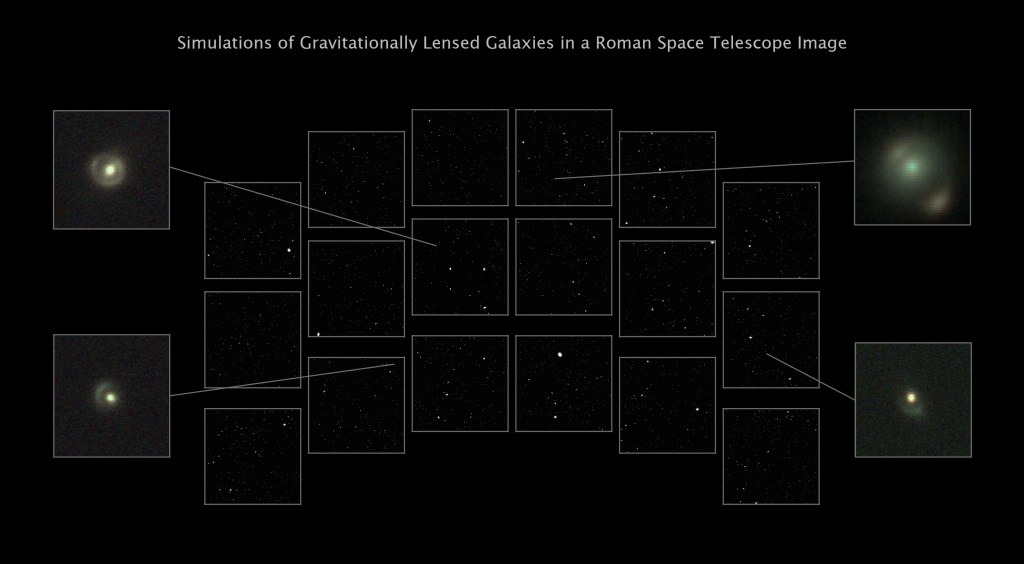




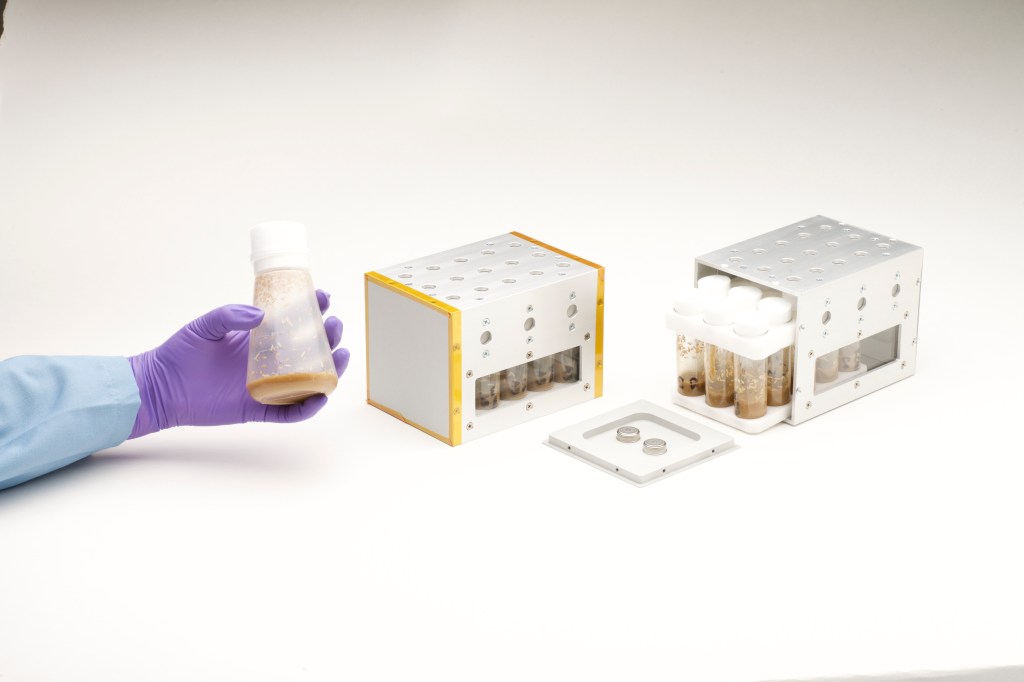

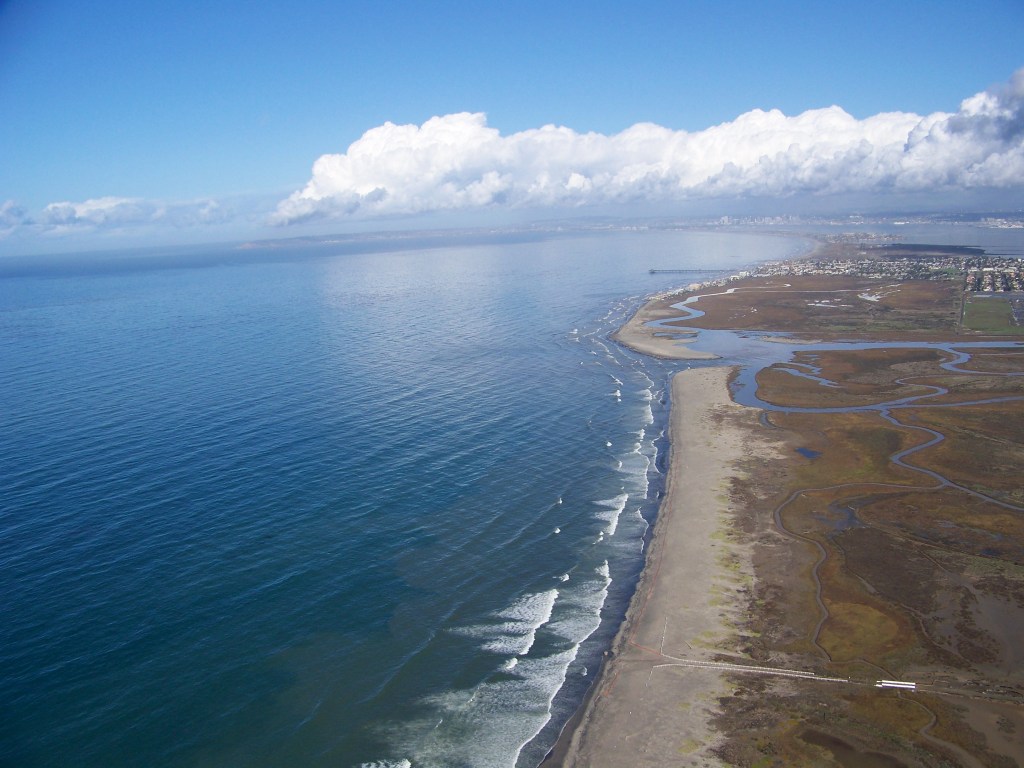

.jpg?w=1024)






